Periodic orbits around L3
In this section, the periodic orbits of Lagrange point L3 are shown, where L3 is the point in the negative radial direction. Lagrange point L3 has all the same types of periodic orbits as L1.
Lyapunov
A Lyapunov orbit is a planar orbit about either L1, L2, or L3 in the radial and in-track plane. These orbits revolve around the respective Lagrange point in the clockwise direction when viewing the positive cross-track direction. Figure 7-1 shows the compilation of the Lyapunov periodic orbit about L3.
Figure 7-2 shows the overlap of the entire family of Lyapunov orbits for L1, L2, and L3 emphasizing the true size of the L3 Lyapunov orbits.
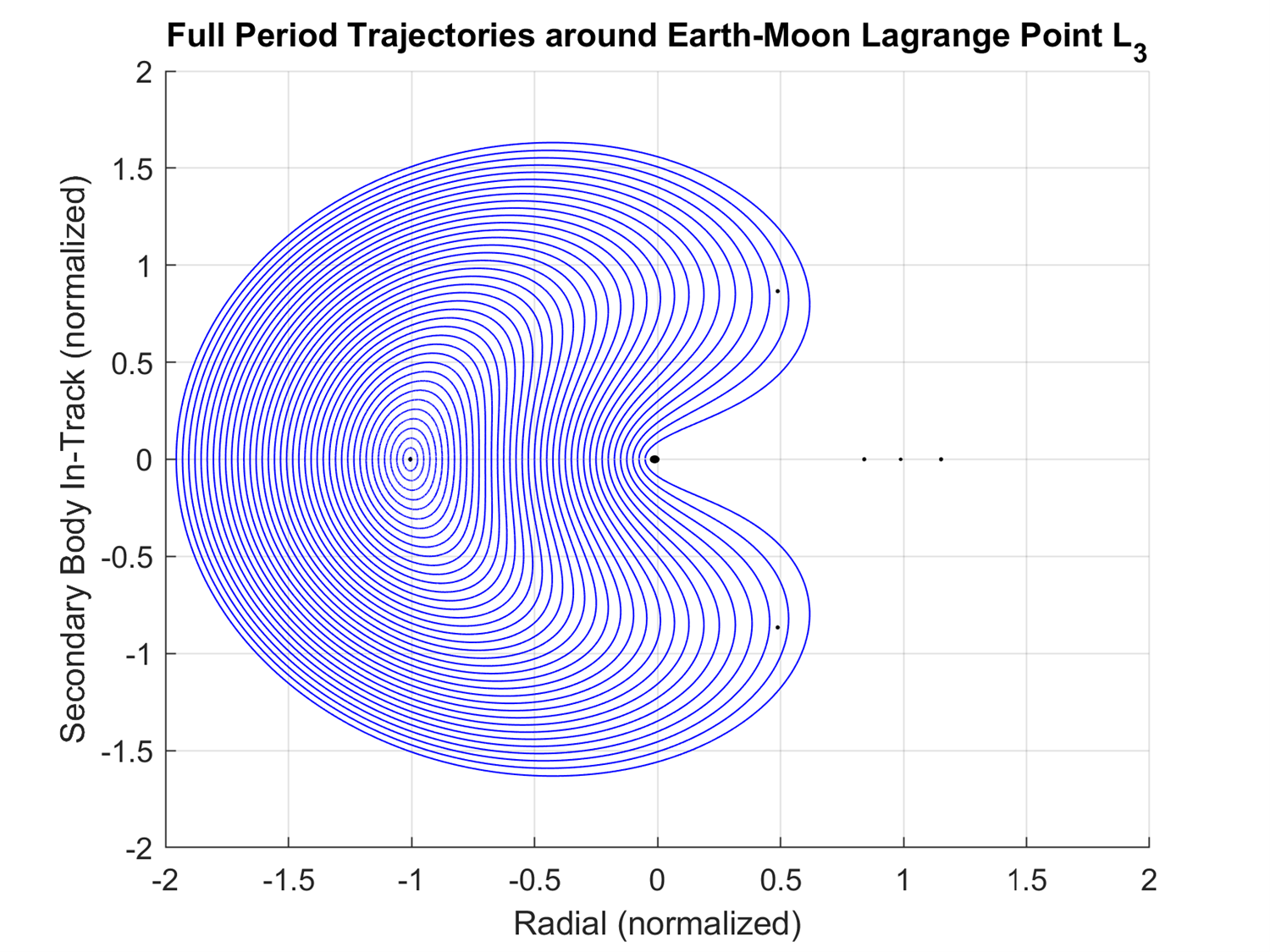
Figure 7-1: The Lyapunov periodic orbits around L3.
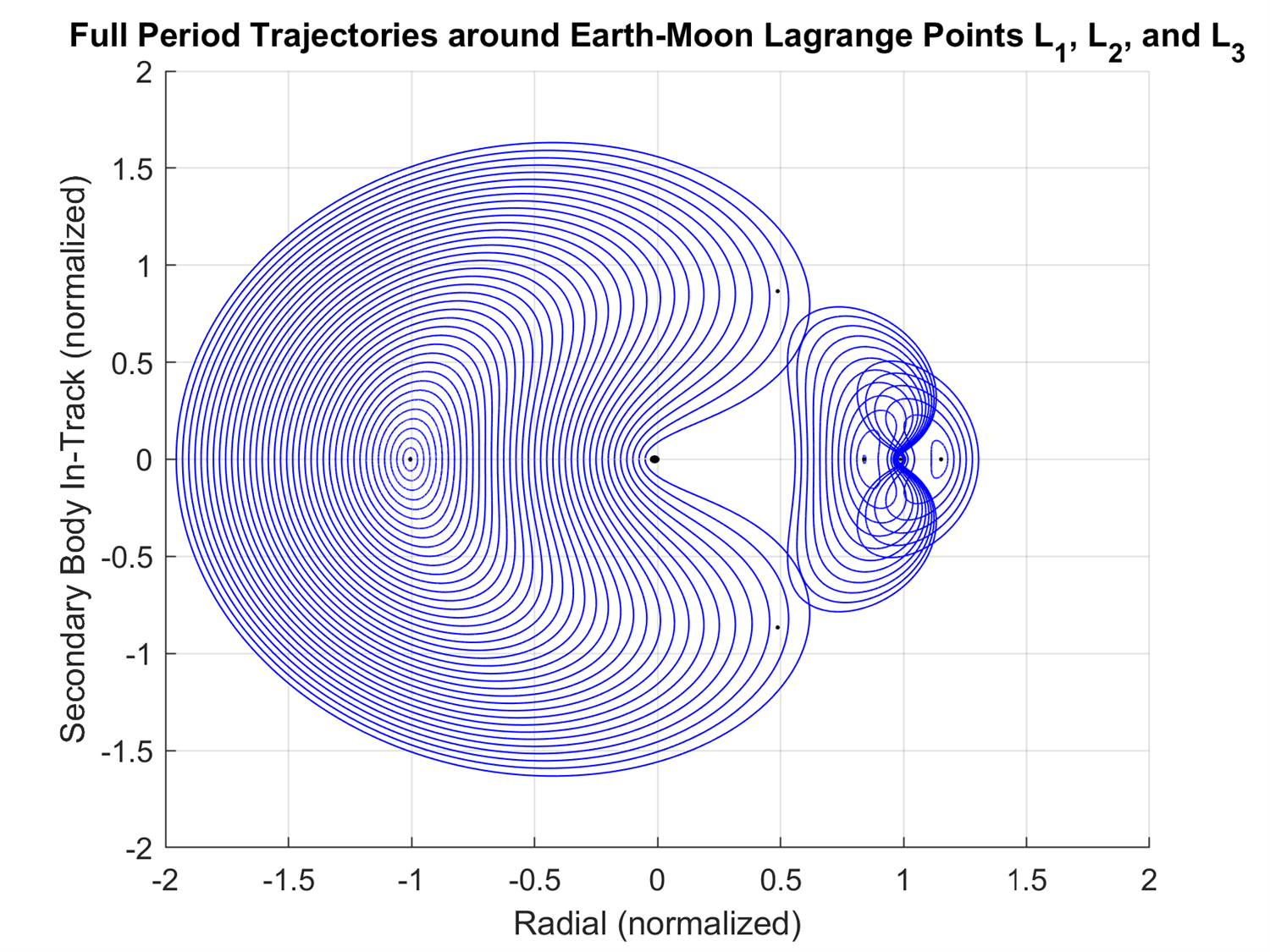
Figure 7-2: All planar trajectories for Lagrange points L1, L2, L2.
Northern Halo
The northern halo orbits for L3 are a bit different than L1 and L2 as shown below, however, L3 still contains both a northern and southern set of halo orbits. Figure 7-3 shows the compilation of the northern halo periodic orbits with L1, L2, Earth, and the Moon labeled. Figure 7-4 shows the same compilation of the northern halo orbits about L3 but from the positive radial direction looking towards the center of the frame. Figure 7-5 shows the same compilation of the northern halo orbits about L3 but from the negative in-track direction looking towards the Earth.
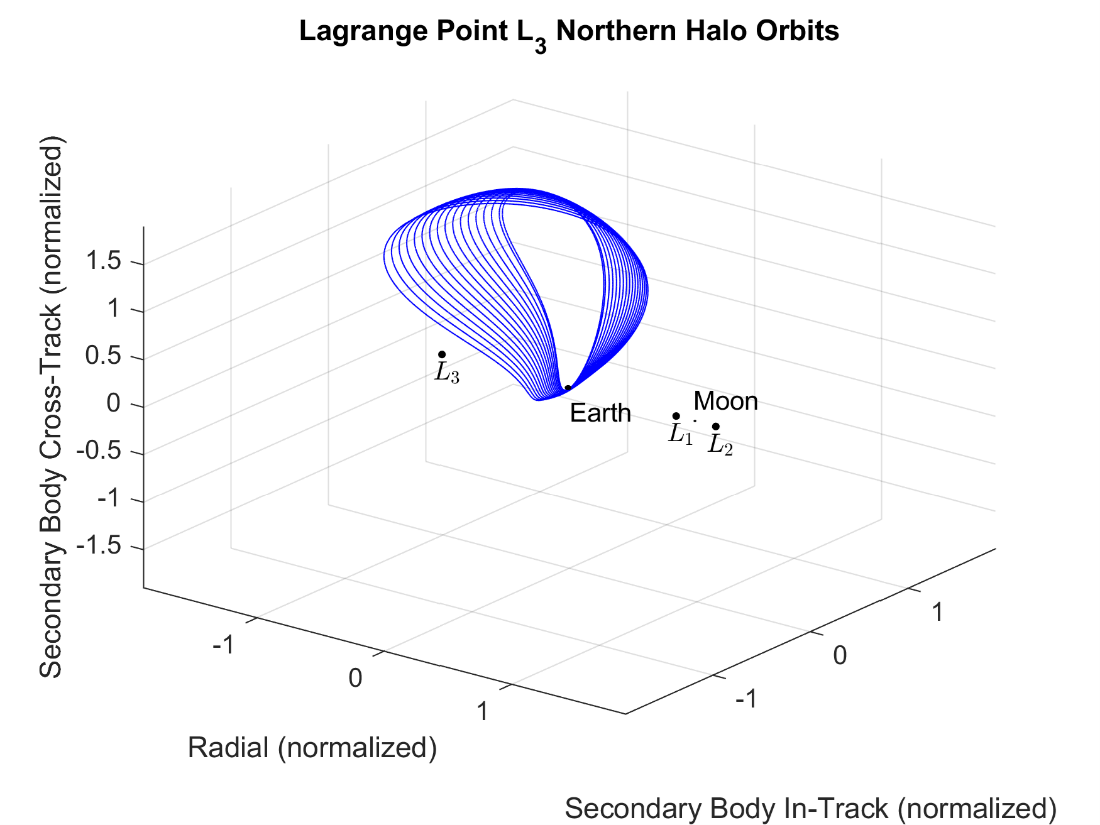
Figure 7-3: The northern halo periodic orbits about L3.<>
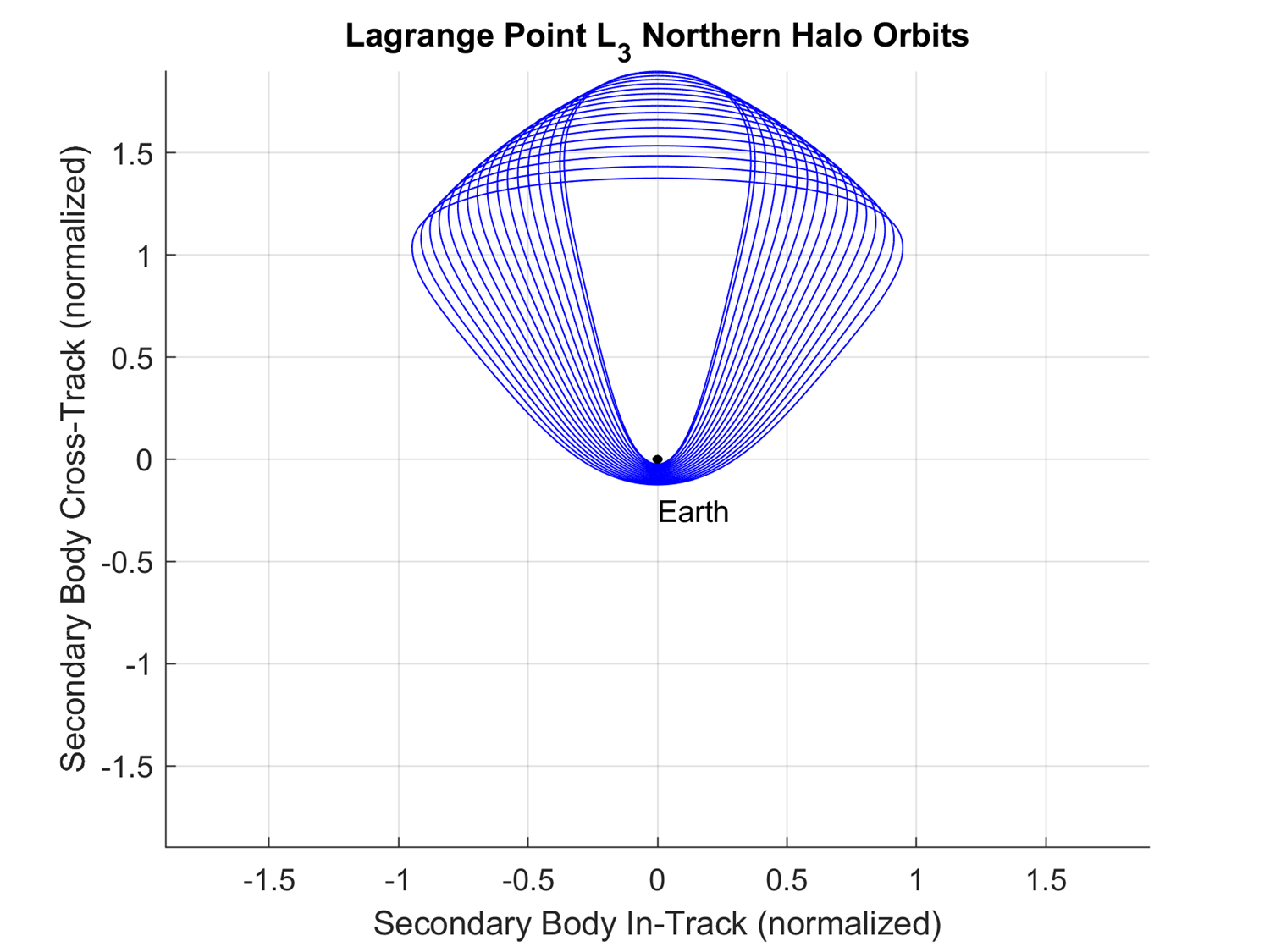
Figure 7-4: The northern halo periodic orbits about L3.<>
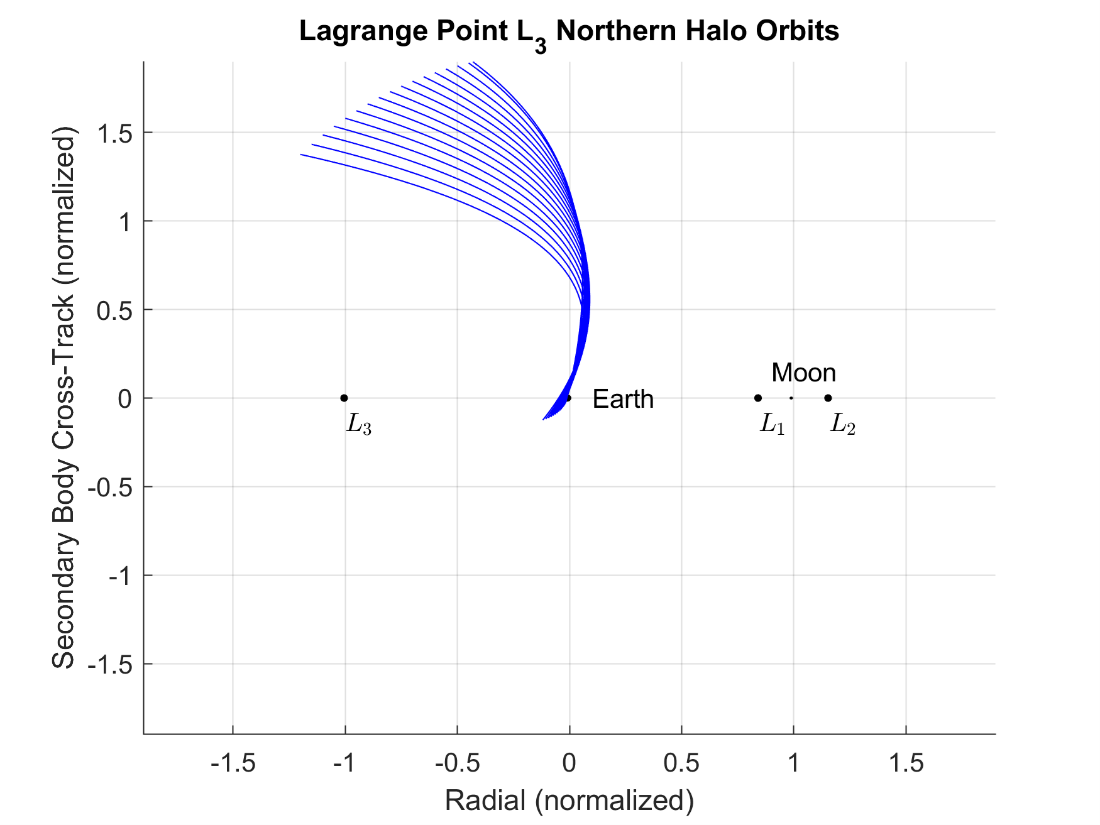
Figure 7-5: The northern halo periodic orbits about L3.<>
Southern Halo
The southern halo orbits are nearly identical to the northern halo orbits for L3 except the orbits are primarily below the radial and in-track plane. The method of calculating the southern halo orbits is identical to that of the northern halo orbits shown on the STM page.
Figure 7-6 shows the compilation of the southern halo periodic orbits with L1, L2, and the Moon labeled. Figure 7-7 shows the same compilation of the northern halo orbits about L1 but from the positive radial direction looking towards the center of the frame. Figure 7-8 shows the same compilation of the northern halo orbits about L1 but from the negative in-track direction looking towards the Moon.
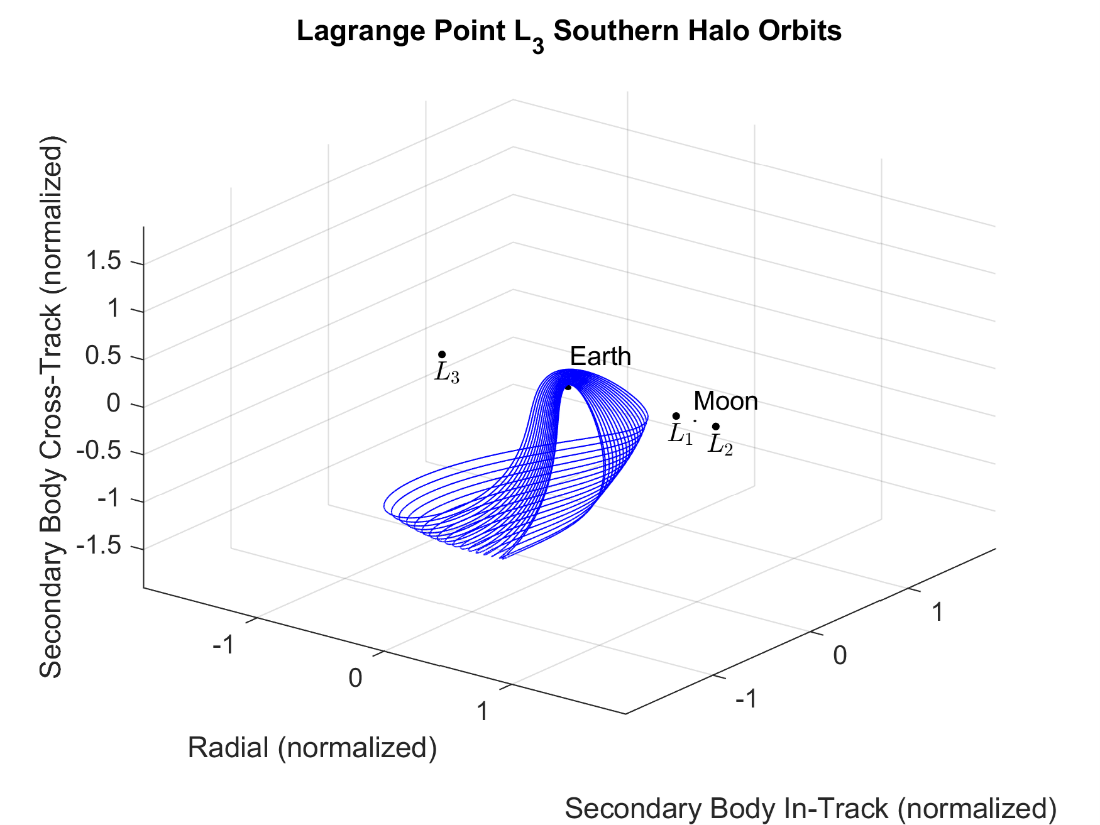
Figure 7-6: The southern halo periodic orbits about L3.<>
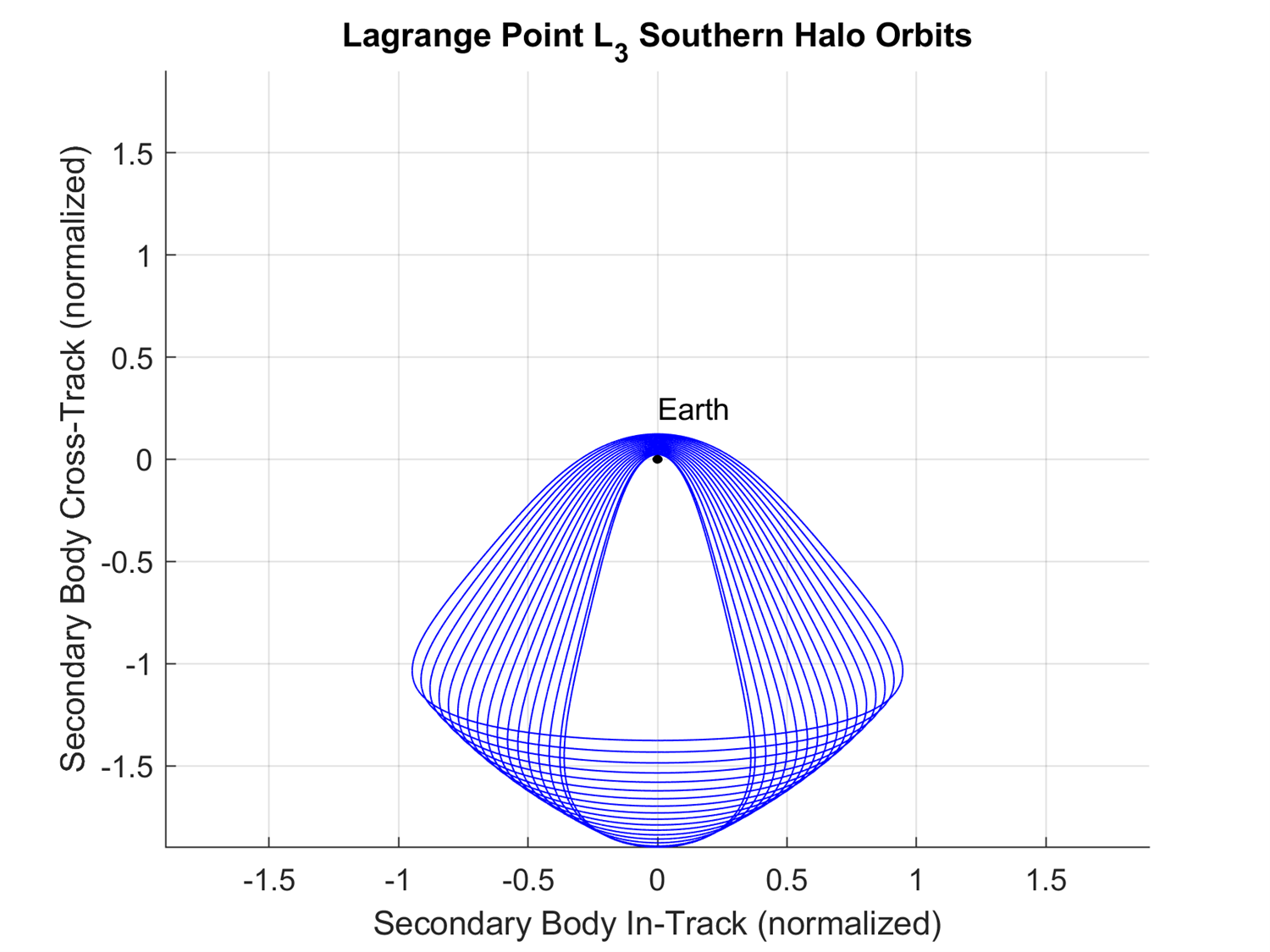
Figure 7-7: The southern halo periodic orbits about L3.<>
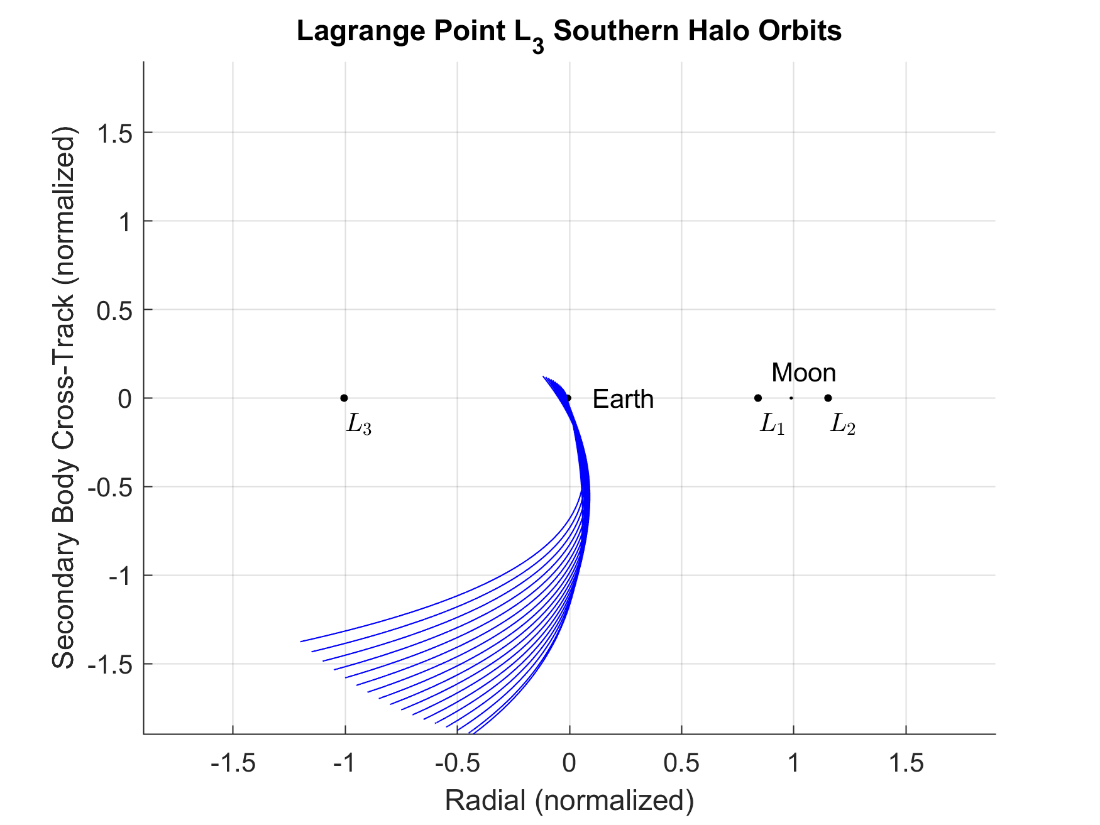
Figure 7-8: The southern halo periodic orbits about L3.<>
Vertical
Vertical periodic orbits have a bit more complex orbital geometry than the Lyapunov or halo orbits. The vertical family of periodic orbits form a figure eight intersecting the radial axis, which means at the intersection, its in-track and cross-track positions are both 0. However, there is a non-zero value for both the in-track and cross-track velocities at the intersection. Due to the introduction of a non-zero velocity in the cross-track direction, an adjusted STM needs to be used as shown on the STM page.
Figure 7-9 shows the compilation of the southern halo periodic orbits with L1, L2, L3 and the Moon included in the plot.
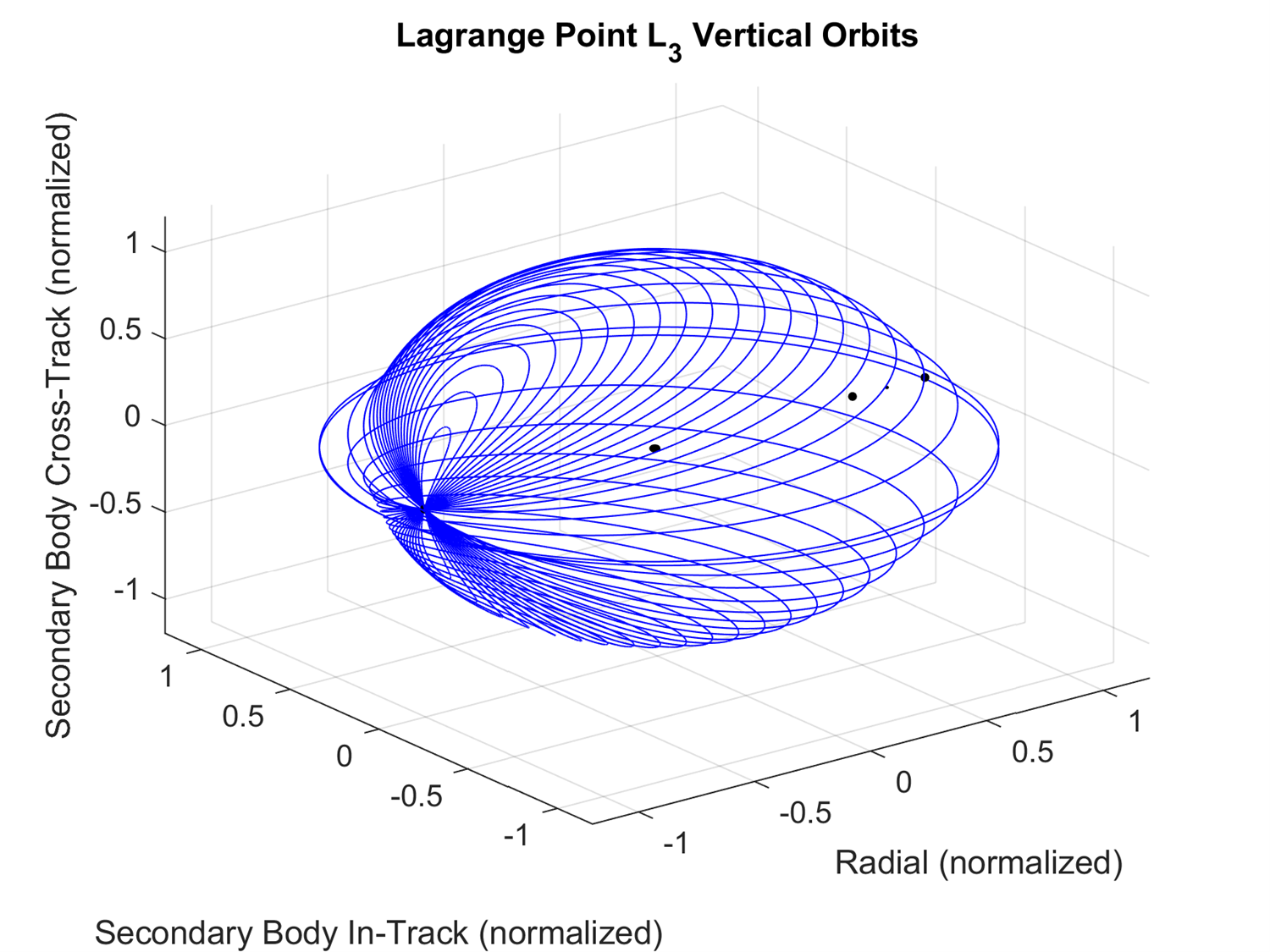
Figure 7-9: The vertical periodic orbits about L3.